Expand your mind and build your reading list with the Books newsletter. Sign up today.
Kids’ books gift guide: Find new ways for young readers to explore the world
The Adventurer


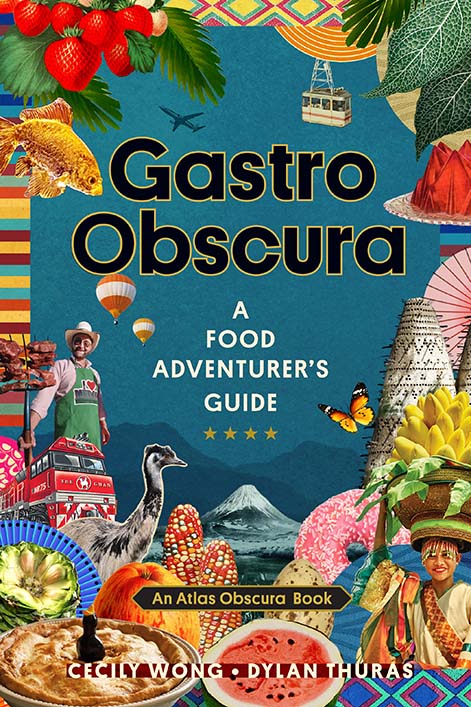
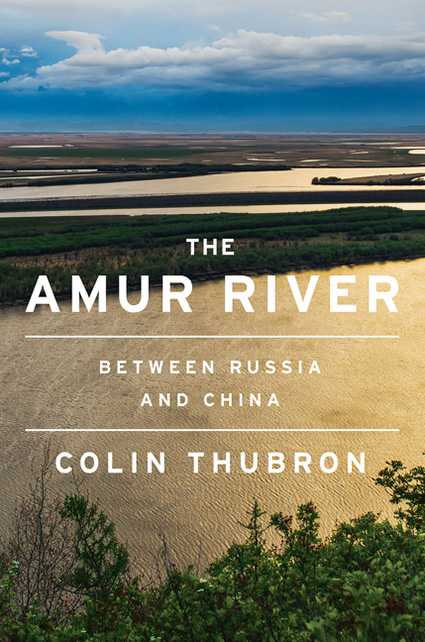

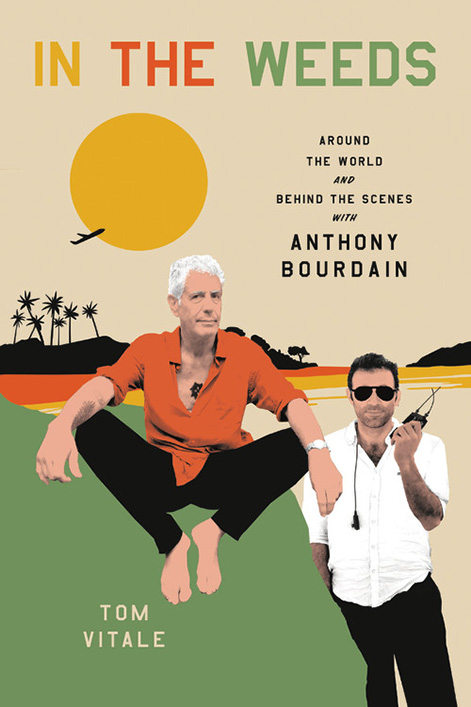
Let’s Get Lost: The World’s Most Stunning Remote Locations, Finn Beales (White Lion)
Our wanderlust has only grown more acute after another lockdown year. This guide to natural environments offers both armchair adventure and planning inspiration.
The Last Winter: The Scientists, Adventurers, Journeymen, and Mavericks Trying to Save the World, Porter Fox (Little Brown)
A gripping tour mixing travelogue with climatology that journeys along the edge of the Northern Hemisphere’s snow line and lays bare all we stand to lose.
Gastro Obscura, Cecily Wong and Dylan Thuras (Workman)
The bestselling authors and bloggers of Atlas Obscura have developed an appetite. They share culinary delicacies, history, and culture from their travels around the world.
The Amur River: Between Russia and China, Colin Thubron (Harper)
Political insight abounds in this exploration of the 10th longest river in the world that forms a border between China and Russia, flowing east from Mongolia to Russia’s Eastern coast
Subterranea: Journey Into the Depths of the Earth’s Most Extraordinary Underground Spaces, Chris Fitch (Timber Press)
A fascinating tour of what lies beneath: ancient caves and tunnels, modern subway systems, even an underground city in Australia – complete with historical information, co-ordinates, and detailed maps for the intrepid explorer.
In the Weeds: Around the World and Behind the Scenes with Anthony Bourdain, Tom Vitale (Hachette)
One of several books out this year about the influential late food celebrity who died two years ago. Bourdain’s longtime producer and director shares the madcap stories from a decade (and 50 countries) of the TV show’s far-flung peregrinations.
The Bibliophile

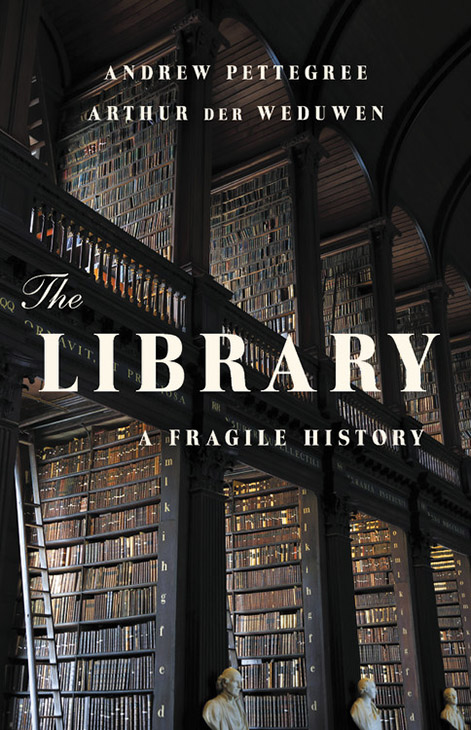
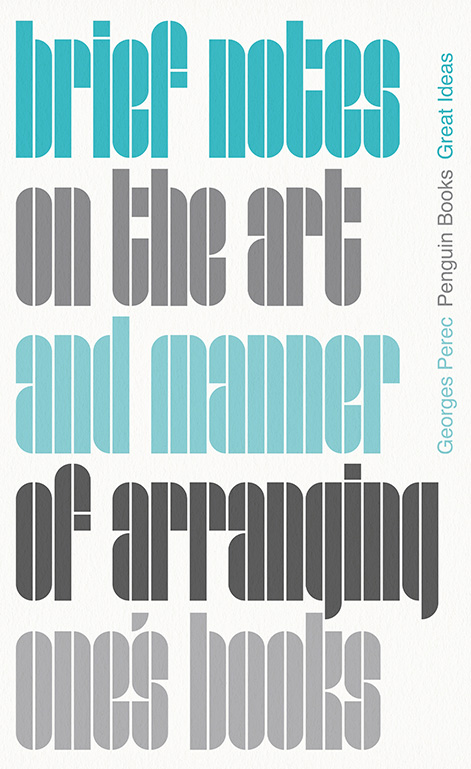
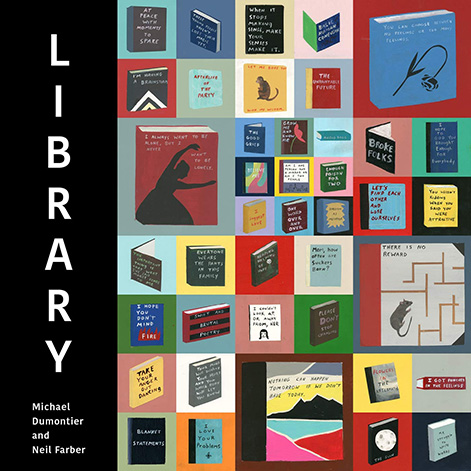
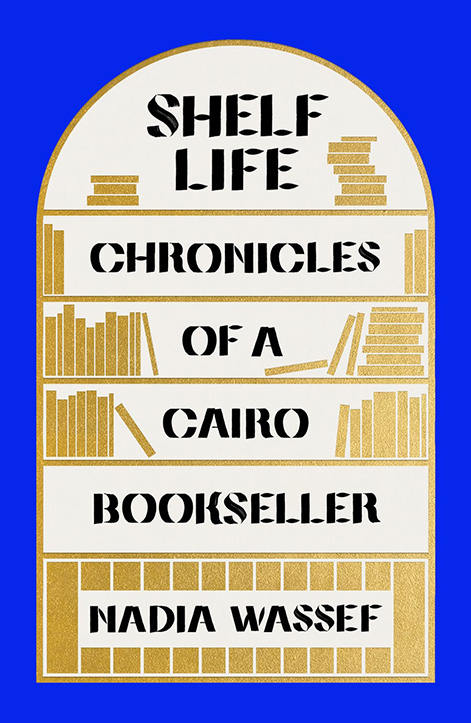
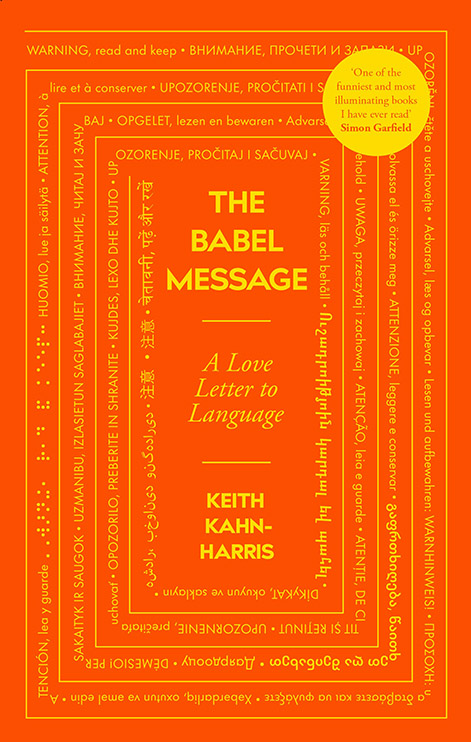
Around the World in 80 Books, David Damrosch (Penguin Press)
In a picaresque inspired by Jules Verne’s Phileas Fogg, the academic head of Harvard’s comp lit department defies pandemic restrictions on travel by making use of his library to circumnavigate the globe (so to speak).
The Library: A Fragile History, Andrew Pettegree and Arthur Der Weduwen (Basic Books)
Sweeping in scope, surveying the history of libraries, their evolution from the ancient world to present day, the complex legacy of collecting and changing tastes, and the people who preserve these institutions.
Brief Notes on the Art of Arranging One’s Books, George Perec, trans. by John Sturrock (Penguin Books)
“Disorder in a library is not serious in itself: it ranks with “Which drawer did I put my socks in?” A selection of the French novelist’s miscellany of thoughts on reading and writing, categorization, and literature.
Library, Michael Dumontier and Neil Farber (Drawn & Quarterly)
It’s all right to judge every book cover as a story in this wryly humorous and deadpan series of imaginary book paintings – a project started in 2009 by two influential Canadian contemporary artists of the Royal Art Lodge collective.
Shelf Life: Chronicles of a Cairo Bookseller, Nadia Wassef (FSG)
The author’s memoir of co-founding and opening Diwan, a modern bookstore in Egypt, during the waning years of the Mubarak dictatorship, is also a history and critical commentary of contemporary Egyptian life.
The Babel Message, Keith Kahn-Harris (Icon Books)
The starting point for this deeply considered (and at times hilarious) treatise on the joy of multiplicity in language is the warning message in Kinder Surprise eggs that’s translated into dozens of languages.
The Culture Vulture
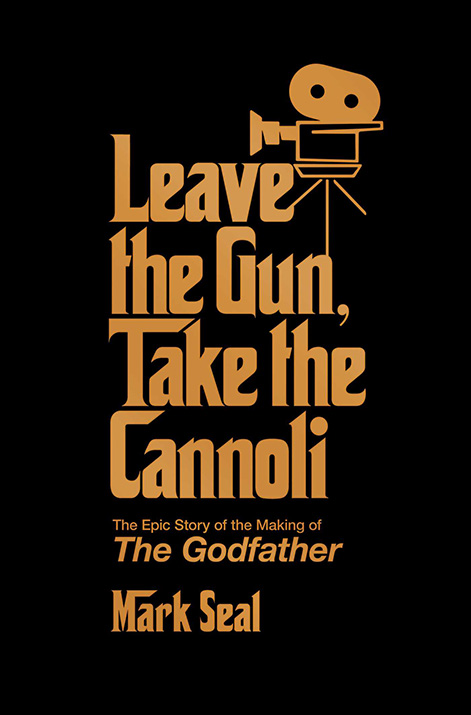
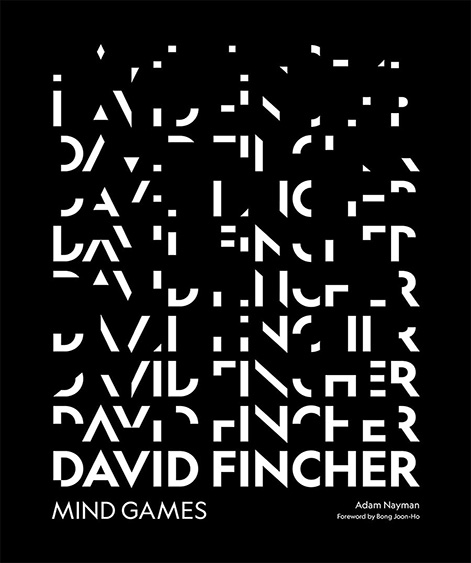
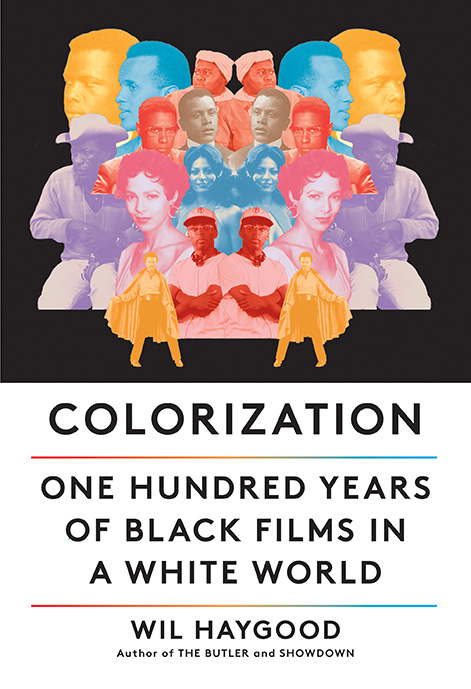
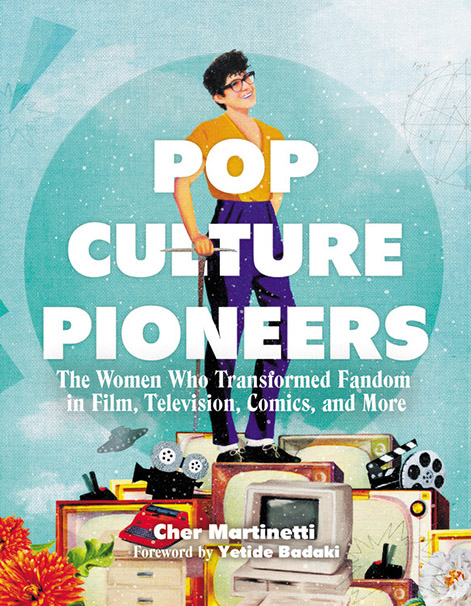

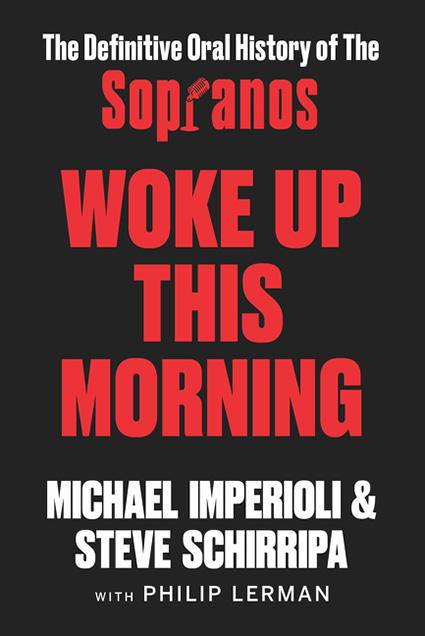
Leave the Gun, Take the Cannoli, Mark Seal (Gallery Books)
For its 50th anniversary, Vanity Fair journalist Seal expands his article on the behind-the-scenes to book length with interviews and research. It’s a ne plus ultra page-turner on the making of the ultimate mafia movie.
David Fincher: Mind Games, Adam Nayman (Abrams)
It’s fitting that Canadian critic Nayman takes a thematic approach to Fincher’s work that treats the Zodiac director’s career like a case file; with a forward by Oscar-winning Parasite filmmaker Bong Joon-ho.
Colorization: One Hundred Years of Black Films in a White World, Wil Haygood (Knopf)
Beginning with Hollywood’s first blockbuster The Birth of a Nation, which glorified the Ku Klux Klan, through Gone with the Wind and Black Panther, Guggenheim fellow Haygood has written an unprecedented and essential panoramic study “of frustrations, defiance, and bold dreams” told against the backdrop of American history.
Pop Culture Pioneers: The Women Who Transformed Fandom in Film, Television, Comics, and More, Cher Martinetti (Running Press)
The host of Forgotten Women of Genre podcast spotlights female innovators (such as DC Comics editor Jeannette Khan, Aeon Flux filmmaker Karyn Kusama, and Miss Piggy co-creator Bonnie Erickson) whose work creating characters and influencing lucrative franchises has gone largely unrecognized.
Spike, Spike Lee (Chronicle Books)
Finally! A career-spanning visual celebration of the influential Academy Award-winning filmmaker’s work in film and music videos to date, from creative process to cultural effect, featuring never-before-seen images by photographer brother David Lee.
Woke Up This Morning: The Definitive Oral History of the Sopranos, Michael Imperioli and Steve Schirripa (HarperCollins)
Taking their fan-favourite podcast Talking Sopranos to the next level, the pair have conversations with cast and crew that cover everything about the groundbreaking TV phenomenon – from the original concept pitch to the cut-to-black finale.
The Design Aficionado
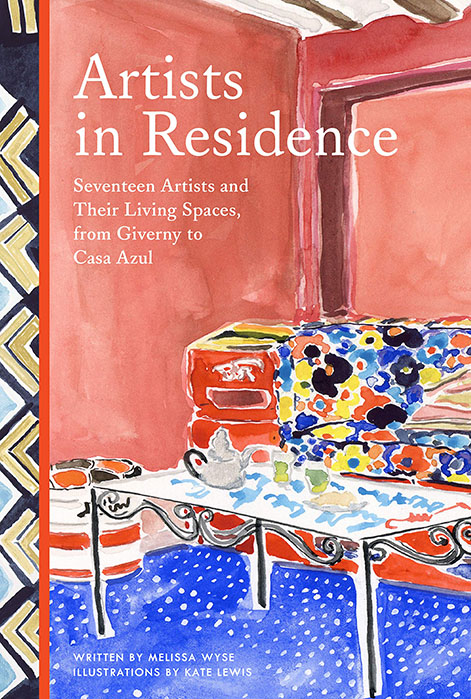


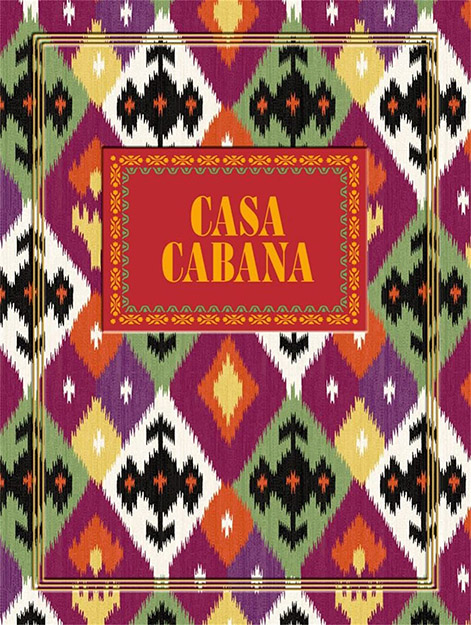
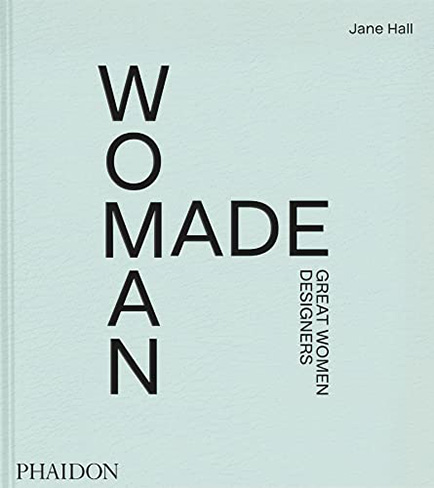

Artists in Residence, Melissa Wyse, illustrated by Kate Lewis (Chronicle)
Beautiful evocations of historic and contemporary artists from Georgia O’Keeffe and Basquiat’s front doors to Matisse’s living room.
The Stahl House: Case Study House #22: The Making of a Modernist Icon, Bruce Stahl and Shari Stahl Gronwald (Chronicle Chroma)
The official autobiography of the landmark glass-walled Hollywood Hills aerie, designed by architect Pierre Koenig and completed in 1960, by the family who called it home.
Joe Colombo: Designer: Catalogue Raisonné 1962-2020 (Silvana Editoriale)
The total design ethos of the Italian industrial design visionary who created the Spider lamp, Boby trolley, and Universal stacking chair (one of the first to be moulded from one material) gets a fulsome appraisal, with about 180 projects documented here.
Casa Cabana, Martina Mondadori (Vendome Press)
This visual anthology of the luxe biannual design magazine delves into entertaining, gardening, interiors and lifestyle with tastemakers such as Obama White House decorator Michael Smith and illustrator Luke Edward-Hall.
Woman Made: Great Women Designers, Jane Hall (Phaidon Press)
Profiles of 200 individuals behind a century of objects challenge assumptions made by canonical design history and highlight the role female creators played in making useful beloved objects.
Concrete Concept, Christopher Beanland (White Lion)
Brutalist architecture, the so-called cold and ugly style that people love to hate, gets a tour of 50 key building examples around the world (including Canada’s Habitat 67 and Nathan Philips Square and Toronto City Hall).
The Epicure
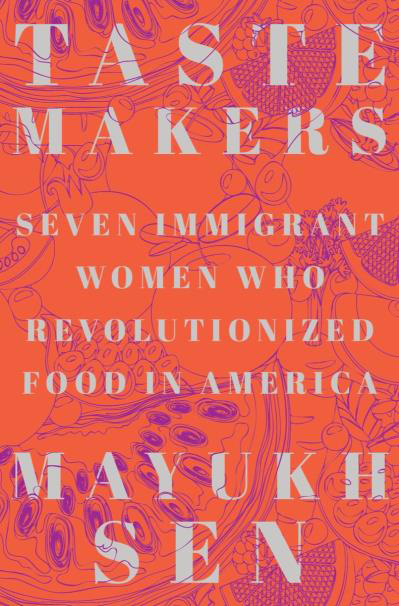
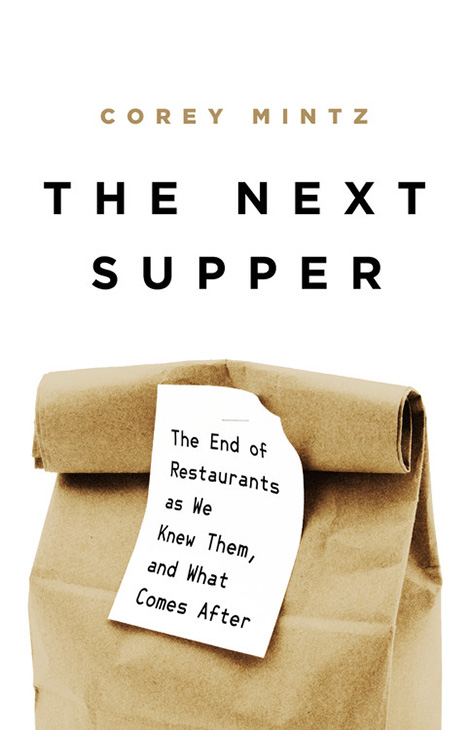
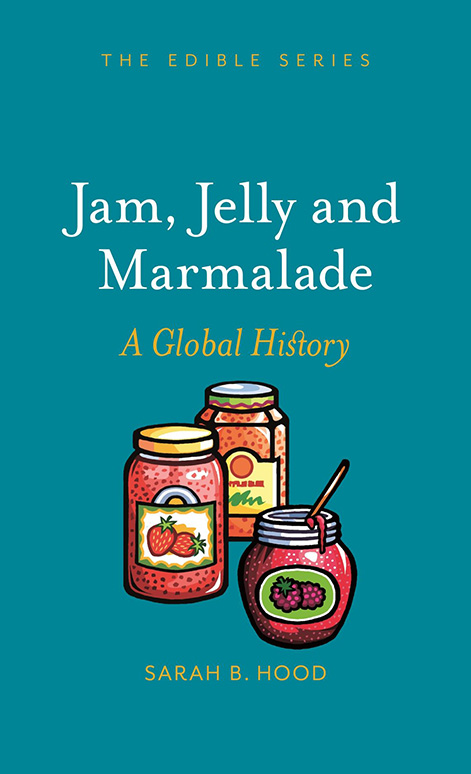
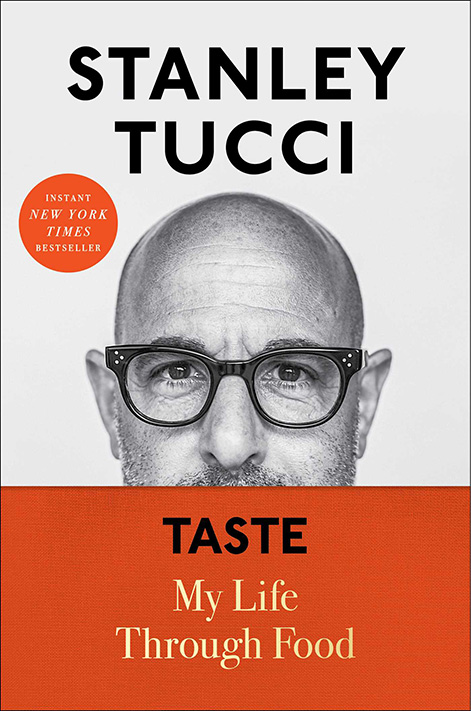
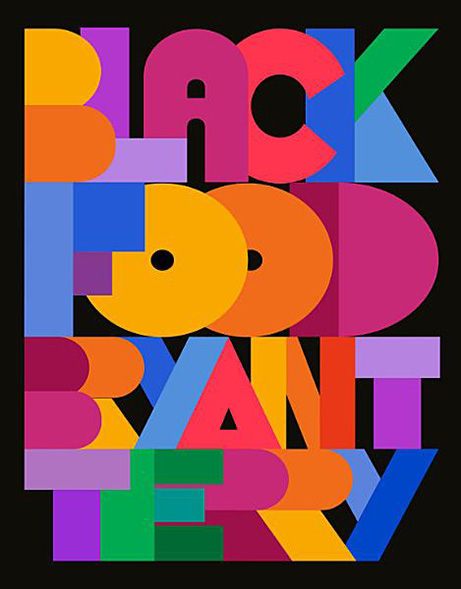
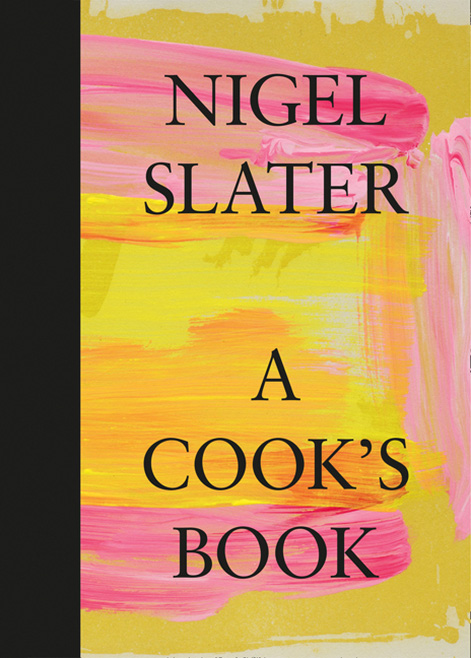
Taste Makers, Mayukh Sen (WW Norton)
The James Beard award-winning writer’s book debut is a stellar group biography that reconstructs the lives and influence of seven immigrant women – such as Indian cook Julie Sahni and Jamaican chef Norma Shirley, who shaped food (and appetite) in America.
The Next Supper: The End of Restaurants as We Knew Them, and What Comes After, Corey Mintz (Public Affairs)
The chef turned restaurant reviewer and food writer reports on the hospitality industry from the front lines, inside the kitchens where wage theft and toxic kitchen culture is rampant and offers solutions on the equitable future of dining out.
Jam, Jelly and Marmalade: A Global History, Sarah B. Hood (Reaktion Books)
Canadian journalist Hood packs fascinating information into this slim volume that surveys the history of putting up sweet preserves, from its earliest forms in China and Persia through the customs of the breakfast table and unexpected role of jam factories in the labour movement.
Taste: My Life Through Food, Stanley Tucci (Gallery Books)
The final egg-cooking scene of the movie Big Night was already enough to endear Tucci to gastronomes forever but the food-obsessed actor has made himself truly irresistible with cookbooks, Instagram Live lockdown cocktail sessions, a CNN travelogue of Italy, and now this memoir of his palate.
Black Food: Stories, Art & Recipes From Across the African Diaspora, Bryant Terry (4 Color Books)
This genre-defying offering from Terry’s own new BIPOC-focused imprint (4 Color Books) is, in the chef with a master’s degree in history’s own words, “a communal shrine to the shared culinary histories of the African diaspora.” It assembles a multitude of voices to dig into culinary history and Black food ways; the recipes are welcome but almost secondary.
A Cook’s Book, Nigel Slater (HarperCollins)
Written at his kitchen table during the pandemic, this is the story of the acclaimed British cookery writer’s life in the kitchen, with recipes inspired by his memories of eating, baking, and food travels, written in his evocative inimitable prose style.
The Exhibitionist



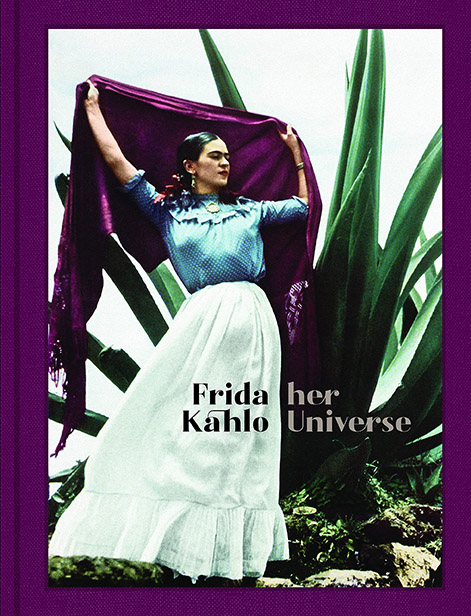
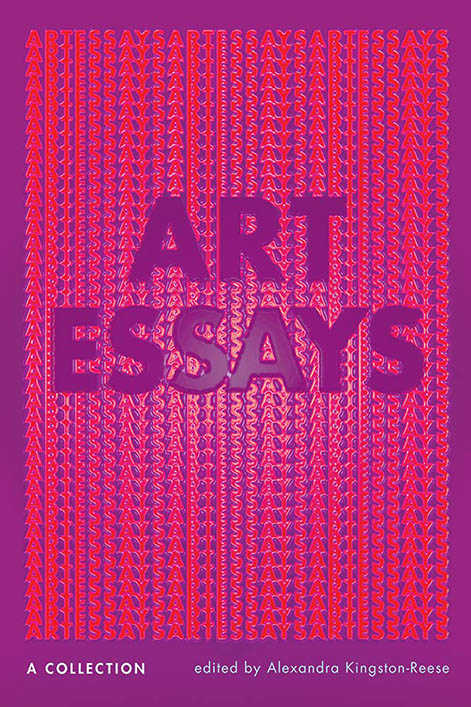

Uninvited: Canadian Women Artists in the Modern Movement, Sarah Milroy, et al., in collaboration with the McMichael Canadian Art Collection (Figure1)
A lavish companion to the McMichael’s current counterpoint exhibition of women artists who were not invited to become part of the all-male Group of Seven and of works by Indigenous women whose names are lost to history. Notable essays include artist Shary Boyle on Pegi Nicol MacLeod’s A Descent of Lilies.
Light on Fire: The Art and Life of Sam Francis, Gabrielle Selz (University of California Press)
The first comprehensive biography of the life and work of wildly successful abstract artist Sam Francis (1923-1994) draws from exclusive interviews and private correspondence, including Ed Ruscha and Robert Irwin.
The Mirror and the Palette, Jennifer Higgie (Pegasus)
The art critic considers five centuries of female self-portraiture and reads the work of their erasure as tangled up in the social forces. It offers an engaging and intriguing way into the lives of the women (such as Alice Neel, Amrita Sher-Gil, and Leonora Carrington) she charts grouped into seven key themes – including allegory and solitude.
Frida Kahlo: Her Universe, Tere Arcq, et al. (RM/Museo Frida Kahlo)
This thick tome published jointly with the Museo Frida Kahlo chronicles not only the artist’s own work but her own art collection, distinctive wardrobe and personal objects of Casa Azul through which she further expressed herself.
Art Essays, edited by Alexandra Kingston-Reese (University of Iowa Press)
“The essays in this collection harness the peculiar language of sight,” the editor writes of more than a dozen contemporary novelists (such as Jhumpa Lahiri and Ali Smith). Sheila Heti considers the work of Sara Cwynar, Zadie Smith looks at Lynette Yiadom-Boakye, and Teju Cole takes on portraiture.
Jasper Johns: Mind/Mirror, Carlos Basualdo and Scott Rothkopf (Yale University Press)
A retrospective of 65 years of reinvention that considers his recurring motifs, with archival content and a conceptual approach inspired by the influential artist’s enduring interest in pairings, mirroring and doubles. Published to coincide with the new Philadelphia Museum of Art and Whitney exhibitions.
The Good Listener

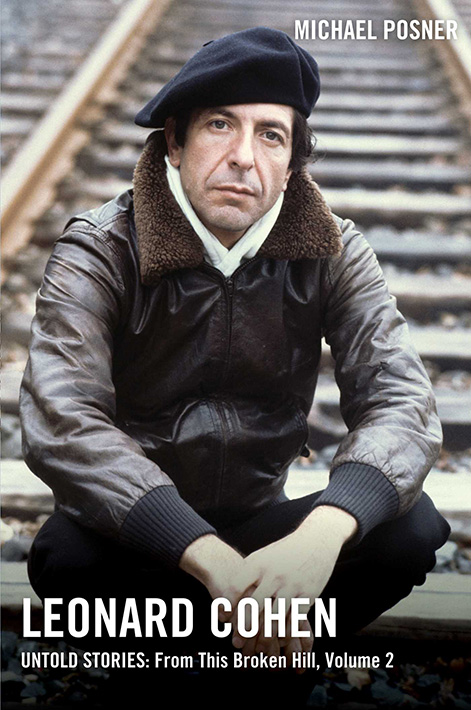
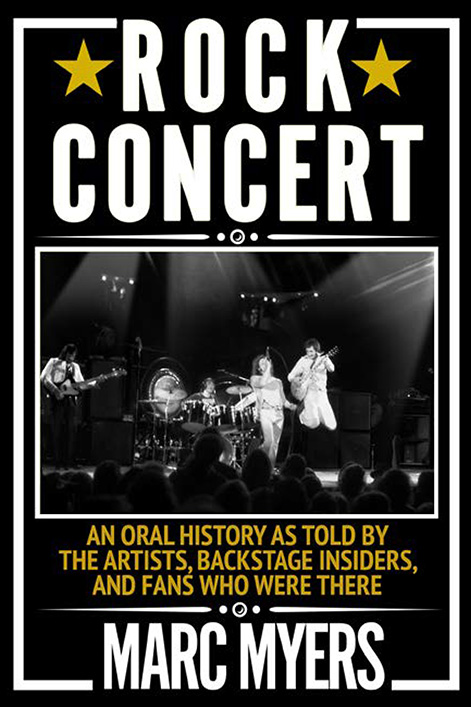
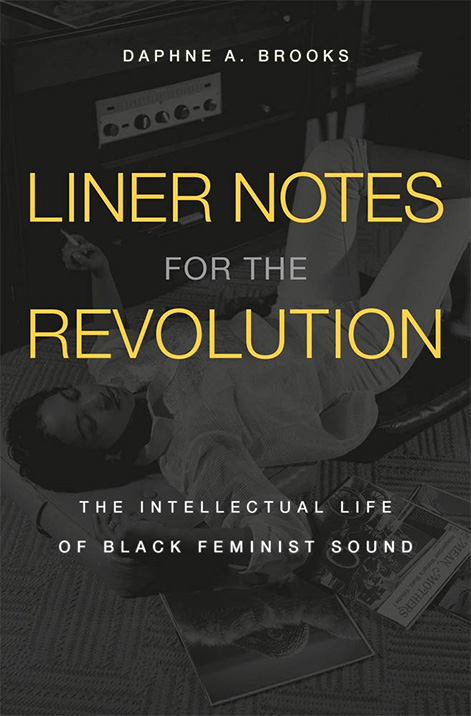

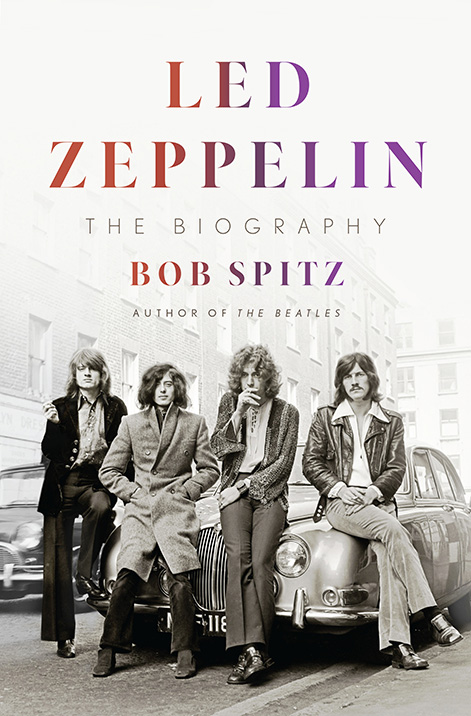
Major Labels: A History of Popular Music in Seven Genres, Kelefa Sanneh (Penguin Press)
A defence of the many defining genres (and subgenres) of pop music provides the New Yorker staff writer with essays that are a tour of pop music history dating to 1970. It’s an instant-classic road map to understanding that can begin at any chapter.
Leonard Cohen, Untold Stories From this Broken Hill Volume 2, Michael Posner (Simon & Schuster)
The second of three planned volumes continues to chronicle the troubadour’s life and art through dozens of interviews. It spans from 1971 through his search for meaning through Zen Buddhism, romantic partners, including his relationship (and two children) with Suzanne Elrod and with photographer Dominique Issermann, to the late 1980s.
Rock Concert: An Oral History as Told by the Artists, Backstage Insiders, and Fans Who Were There, Marc Myers (Grove Atlantic)
“You had to be there.” This account of the rise and evolution of rock through the lens of live performances that brings in DJs, performers, and music journalists takes you there to supply the context and legacy.
Liner Notes for the Revolution: The Intellectual Life of Black Feminist Sound, Daphne A. Brooks (Harvard University Press)
A canon-redefining history about the image of Black women in music from critic and scholar Brooks, director of African-American studies at Yale who frequently writes about intersectionality in pop culture. It explores how culture, industry, and award-show gatekeeping has an effect on the legacy of Black feminist critics and music artists from Zora Neal Hurston and Lorraine Hansberry to Carrie Mae Weems, Toni Morrison, to, of course, Beyoncé.
The History of Bones, John Lurie (Random House)
The American musician and downtown New York icon of the Lounge Lizards, sometime actor, and artist is back in the spotlight with his ”accidental HBO show” Painting with John. His memoir is as engrossing as it is unsparing in its dish about the creative life and friendships (including Jim Jarmusch), and especially gritty in its vivid portrait of the 1970s Lower East Side.
Led Zeppelin: The Biography, Bob Spitz (Penguin Press)
A sprawling, carefully reported, and richly-detailed account of sex, drugs, and rock ‘n’ roll: of creating each album, with decadent glory days, genius, and bad behaviour in equal measure.
The History Buff
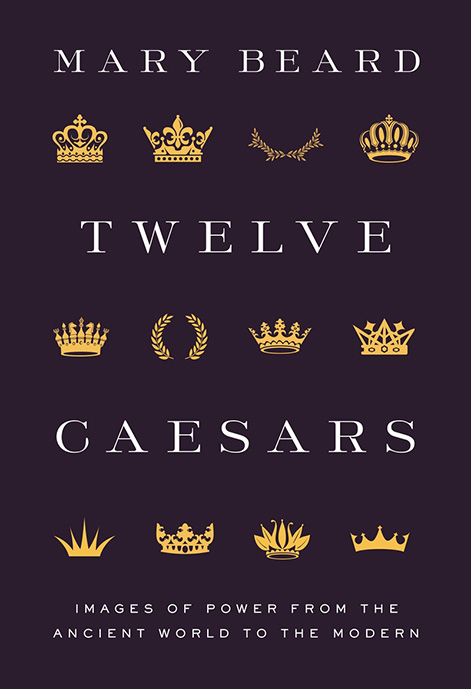
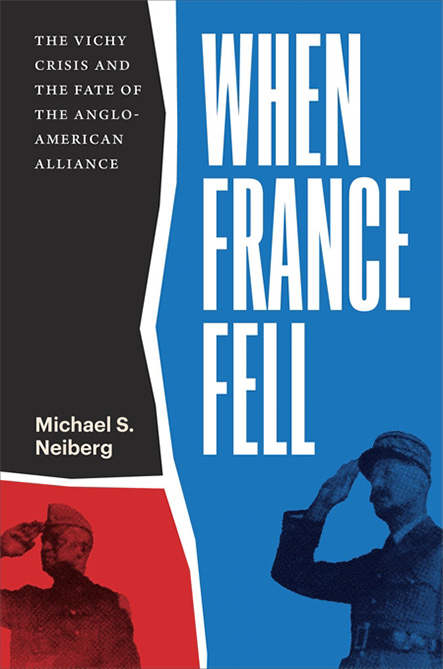
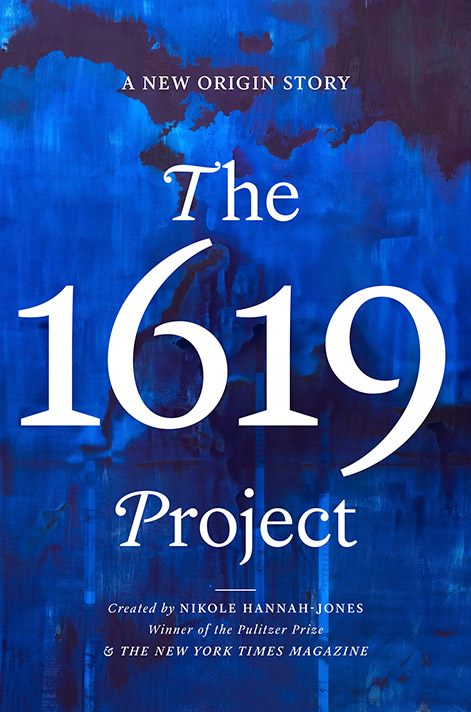
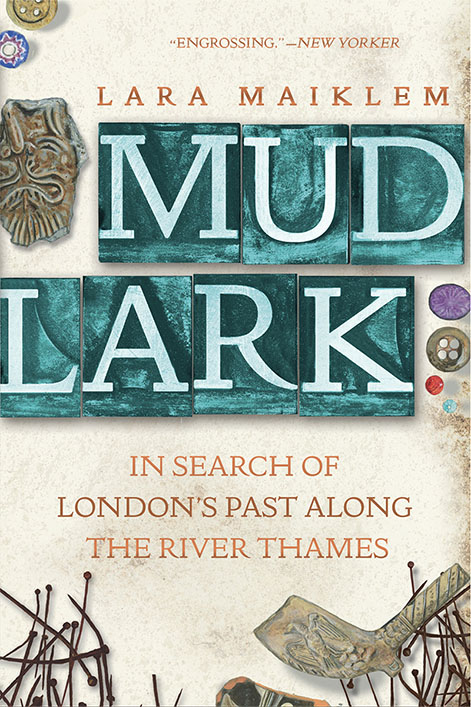
Twelve Caesars, Mary Beard (Princeton University Press)
Two thousand years of how autocratic Roman emperors have shaped the Western world.
When France Fell: The Vichy Crisis and the Fate of the Anglo-American Alliance, Michael Neiberg (Harvard University Press)
The award-winning historian (Potsdam) examines the effect of the American response to the fall of France in spring, 1940.
The 1619 Project: A New Origin Story, Nikole Hannah-Jones, et al. (One Word)
The Pulitzer Prize-winning journalist assembles thinkers, scholars, and journalists in this expanded collection reframing the accepted narrative of the American founding.
Mudlark, Lara Maiklem (WW Norton)
The tradition of scavenging in river mud along the Thames for items of value offers connections to history through the objects left and lost by ordinary people
The Know-it-all
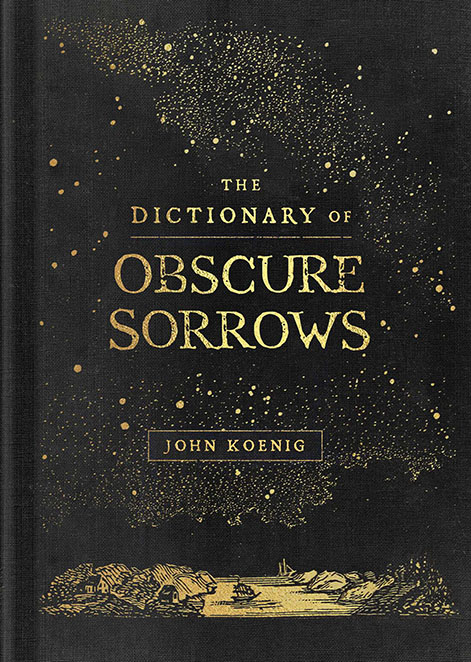
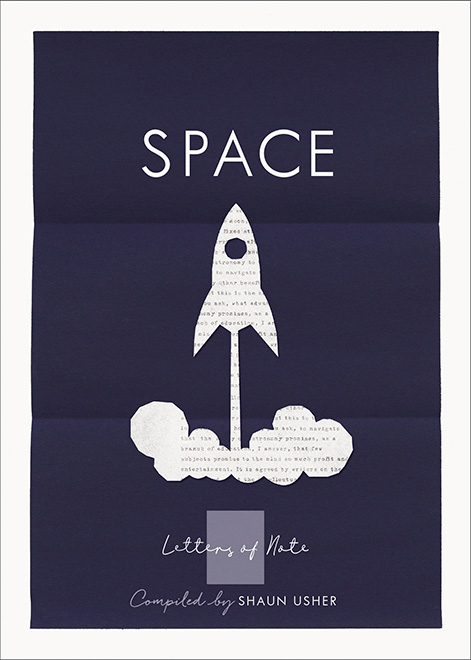
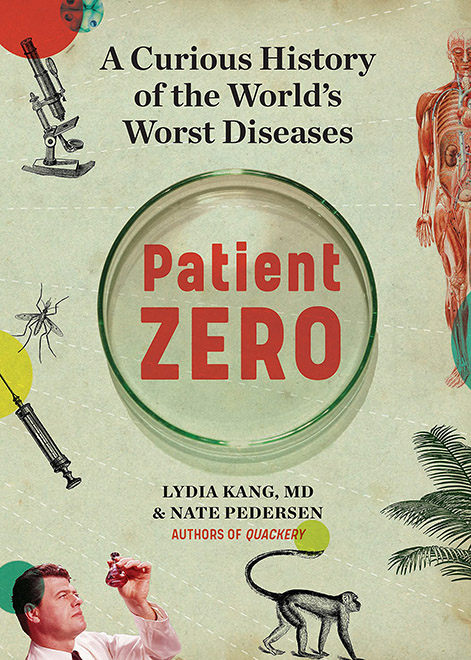

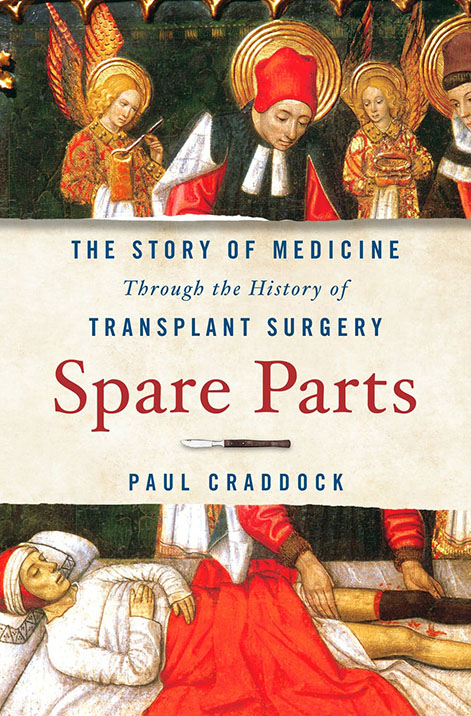
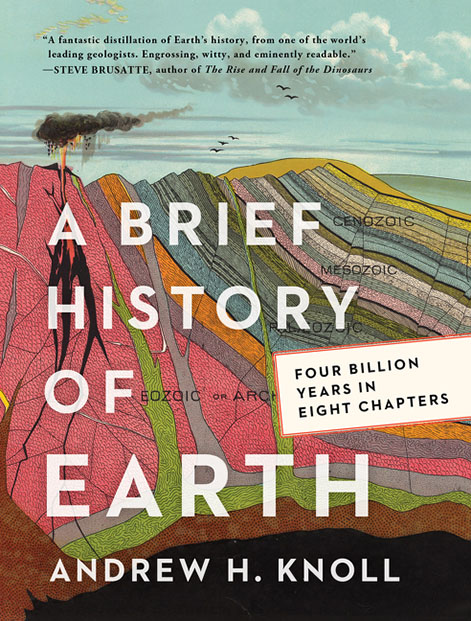
The Dictionary of Obscure Sorrows, John Koenig (Simon & Schuster)
This poetic little compendium of invented words for emotions (such as kenopsia: “the atmosphere of a place that is usually bustling with people and now abandoned and quiet”) is for anyone who struggles to find the right word to express the ineffable of the human condition.
Letters of Note: Outer Space, Shaun Usher (Penguin Random House)
The popular website curates a thematic collection of correspondence about space exploration from historical figures such as Alexander Graham Bell, Ann Druyan, Buzz Aldrin, and Stanley Kubrick.
Patient Zero: A Curious History of the World’s Worst Diseases, Lydia Kang and Nate Pederson (Workman)
Narratives of first patients of disease outbreaks (ebola, cholera, and more), related scientific stories, and medical breakthroughs of history from the co-authors of Quackery.
Orwell’s Roses, Rebecca Solnit (Macmillan)
The surviving roses that Orwell planted in his cottage garden lead Solnit to a new perspective on the author of 1984 and Animal Farm, through his gardening to his thinking about the natural world and politics.
Spare Parts: The Story of Medicine Through the History of Transplant Surgery, Paul Craddock (St. Martin’s)
Medicine’s innovations and continuing ethical issues are explained and deconstructed with resonance to the present day through this engaging history of transplant surgery (skin, blood, organs) prior to the 19th century.
A Brief History of Earth, Andrew H. Knoll (Custom House)
In spite of its sweeping scale, the Harvard geologist and natural history professor’s primer not only makes the titular four billion years understandable – his accessible expertise makes it interesting.
The Mindful Maven
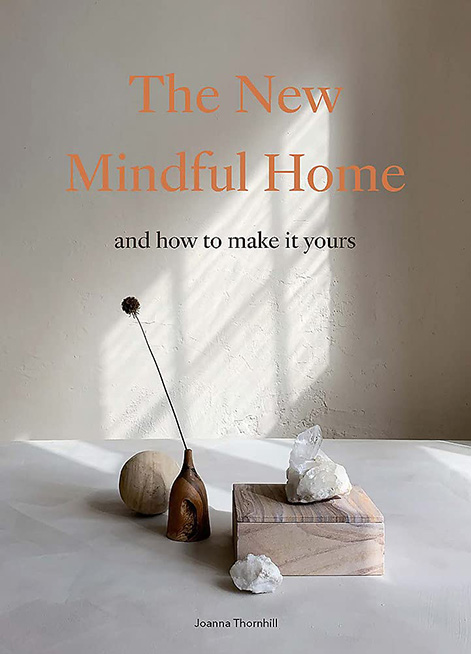

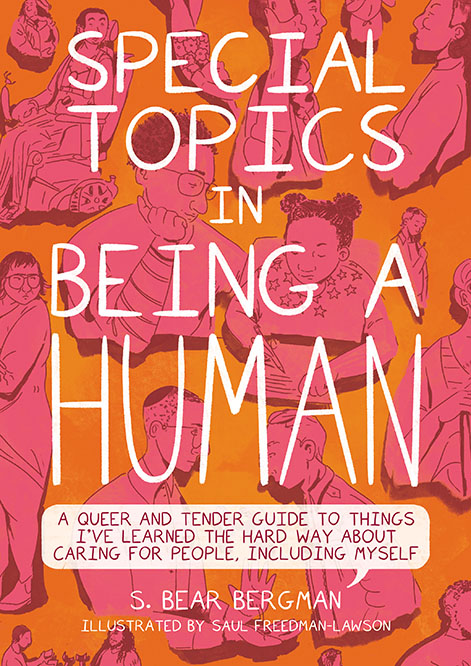


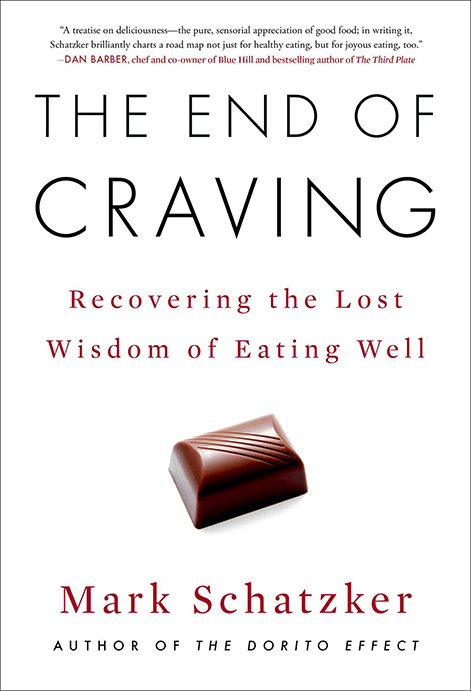
The New Mindful Home (And How to Make It Yours), Joanna Thornhill (Lawrence King)
Her first book My Bedroom is an Office was prescient; now the interiors stylist turns problem-solver of modern malaise by turning attention to cultivating emotional wellbeing throughout the whole home.
Consumed: The Need for Collective Change: Colonialism, Climate Change, and Consumerism, Aja Barber (Grand Central Publishing)
Everyone wants the truth but nobody wants to be honest – except writer Barber, the fearless vocal conscience on social media who speaks at the intersection of social justice and fast-fashion. This is her call to action for understanding our role in a harmful system and unlearning wasteful behaviours.
Special Topics in Being a Human, S. Bear Bergman (Arsenal Pulp Press)
The trans advice columnist’s “queer and tender guide” to caring for oneself and other people in this modern age, charmingly illustrated and written with honesty and compassion.
The Wisdom of Your Body: Finding Healing, Wholeness, And Connection Through Embodied Living, Hillary McBride (HarperCollins)
The clinical therapist and host of the hit CBC podcast Other People’s Problems understands having a complicated relationship with one’s body (from destructive systems such as colonization, racism, sexism and patriarchy that rank certain bodies as less valuable, beautiful or human than others) and offers tools to rebalance, heal, and experience a bigger life.
The Modern Oracle: Fortune Telling and Divination for the Real World, Lisa Boswell (Lawrence King)
Whether you want to learn key methods for changing your future or just take a good Instagram flat-lay, this illustrated handbook accessibly covers them all.
The End of Craving: Recovering the Lost Wisdom of Eating Well, Mark Schatzker (Avid Reader Press)
Our appetite, our selves: The obesity rate in Canada has tripled since 1985 and today’s food world is a “calorie casino,” which prompts Schatzker to retrace the origins (and the food technology) at play in dysfunctional relationships to food, and how to regain the joy of eating.
The Mogul
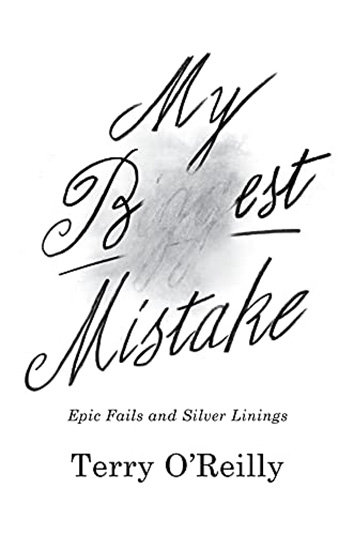
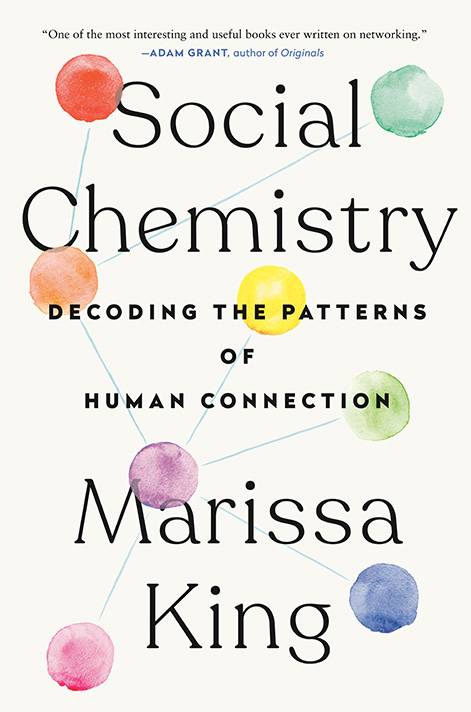
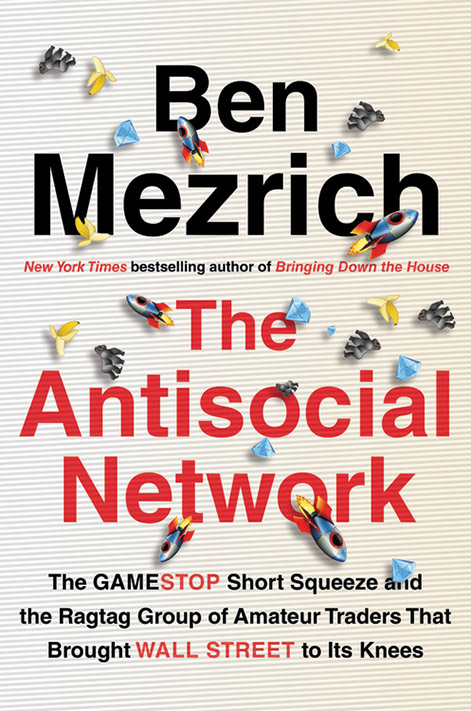

My Best Mistake: Epic Fails and Silver Linings, Terry O’Reilly (HarperCollins)
The host of Under the Influence transforms the buzzy betterment phrase “fail better” from an attitude adjustment about embracing mistakes to a full-on mantra through examples of screwups that resulted in opportunities.
Social Chemistry: Decoding the Patterns of Human Connection, Marissa King (Dutton)
Yale professor harnesses network analytics and ideas from psychology and neuroscience, with examples such as Yo Yo Ma, Anna Wintour and Vernon Jordan to explain new ways of effective networking.
The Antisocial Network, Ben Mezrich (Grand Central)
A thriller ripped from the business pages that explores how a group of loosely linked private investors on a subreddit created the GameStop short squeeze and took down a hedge fund, and what it means for the future of Wall Street.
SuperSight: What Augmented Reality Means for Our Lives, Our Work, and the Way We Imagine the Future, David Rose (BenBella Books)
An accessible insider’s guide to the benefits and downsides of emerging technology and prototypes on our daily lives in the near future, from the way we will shop and eat to global societal effect.
The Politico
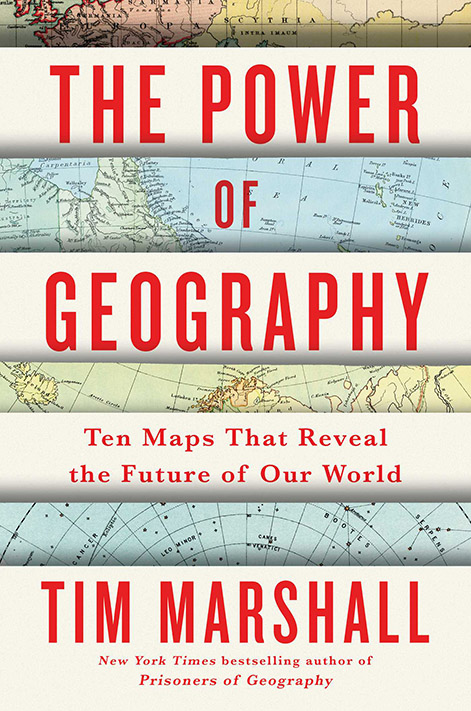

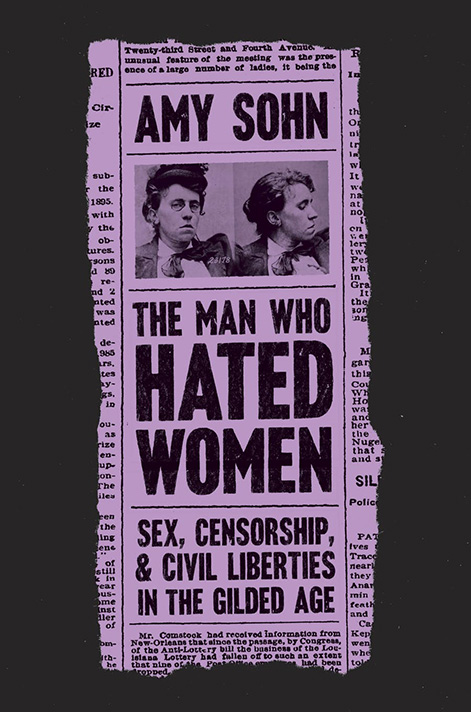
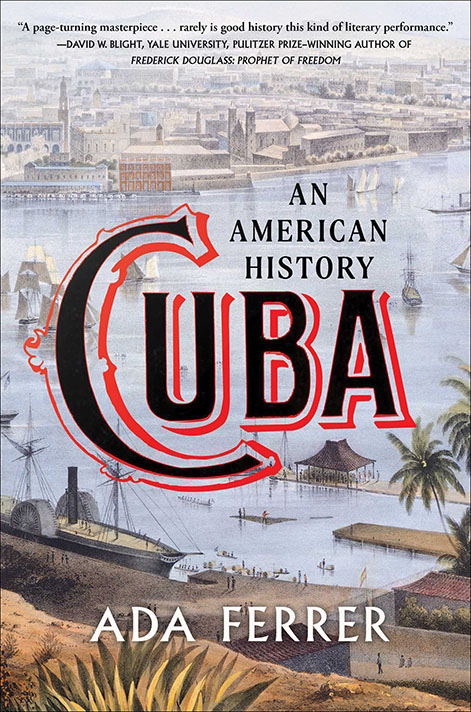
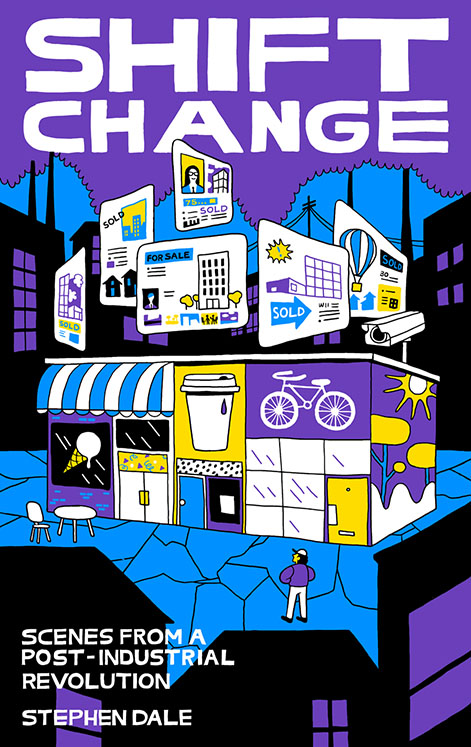
The Power of Geography: Ten Maps That Reveal the Future of Our World, Tim Marshall (Scribner)
The author’s fourth book on geopolitics is his much-anticipated sequel to Prisoners of Geography. It’s an insightful and comprehensive (but digestible) overview of the key regions whose trajectory will shape global politics
The Nutmeg’s Curse: Parables for a Planet in Crisis, Amitav Ghosh (University of Chicago Press)
An impassioned sequel to his non-fiction polemic The Great Derangement, the novelist and thinker centres the spice in a critique of society. Essays unpack its history to argue how power, people and territory in the discovery of the New World and the sea route to the Indian Ocean are at the heart of the contemporary climate crisis.
The Man Who Hated Women, Amy Sohn (FSG)
The story of anti-vice activist and U.S. postal inspector moral crusader, Anthony Comstock, and the renegade women who antagonized him by promoting contraception, gender equality, and sexual education has resonance in today’s internet troll culture.
Cuba: An American History, Ada Ferrer (Scribner)
Beginning with the origin myth of Columbus, a history of the fraught political and cultural links between the island nation and its neighbour, through slavery, colonialism, revolution, nationalism, and economic hardship of the embargo.
Shift Change: Scenes from a Post-Industrial Revolution, Stephen Dale (BTL Books)
A chronicle of Hamilton’s history as the steel capital of Canada and its current creative gentrification that offers lessons in economic diversity and turnaround for similar communities rewriting their future.
The Style Guru
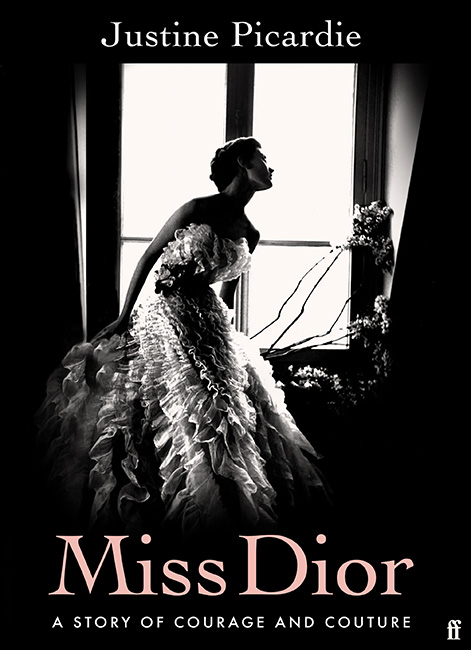
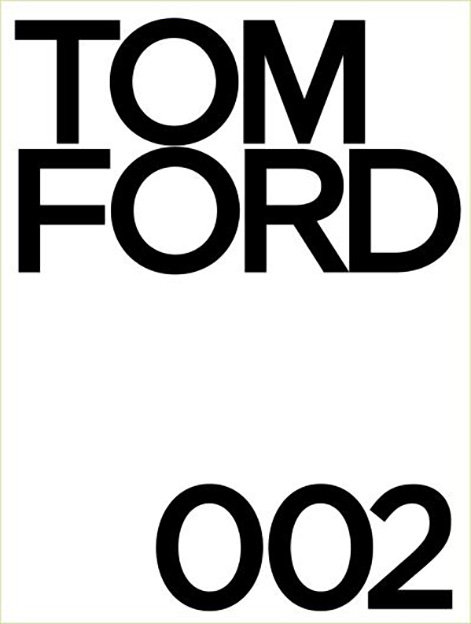
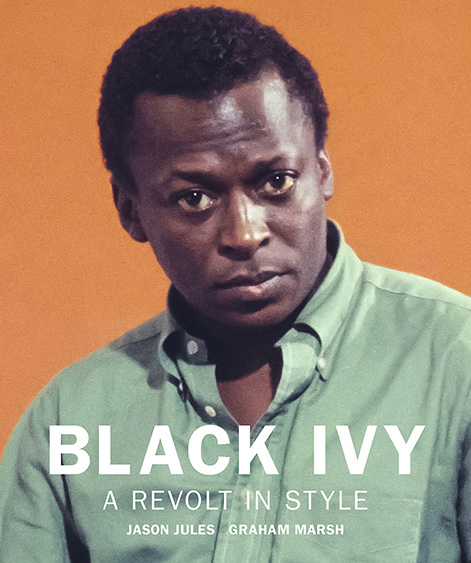
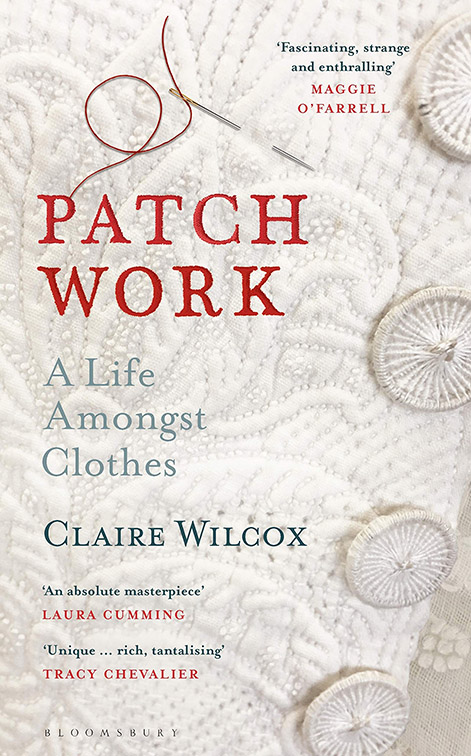
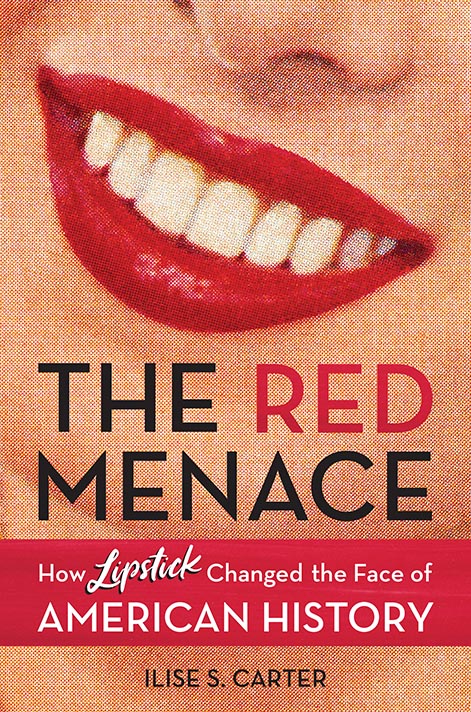

Miss Dior, Justine Picardie (Macmillan)
The fashion writer (and former editor-in-chief of Harper’s Bazaar UK) pores over the life of Christian Dior’s heroic younger sister and muse Catherine, namesake of his first perfume and Second World War Resistance fighter. What emerges, however, is a complicated portrait of Parisian fashion under the Occupation.
Tom Ford 002, Tom Ford and Bridget Foley (Rizzoli)
The luxury designer’s follow-up to his first glossy eponymous yearbook (in 2004) continues the chronological romp through his work – here, the post-Gucci years building his namesake label collections and foray into filmmaking.
Black Ivy: A Revolt in Style, Jason Jules and Graham Marsh (Reel Art Press)
A generation of Black cultural figures such as James Baldwin, Malcolm X, Sidney Poitier and Miles Davis adopted the elements of conventional prep style (of the privileged elite) to challenge the status quo, and made it their own during a time of upheaval.
Patch Work: A Life Amongst Clothes, Claire Wilcox (Bloomsbury USA)
In elliptical passages, the longtime senior curator of fashion at London’s Victoria & Albert Museum (among many noted exhibitions, responsible for the blockbuster Alexander McQueen show) fashions a lyrical memoir through garments in the museum and her personal wardrobe, present and past.
The Red Menace: How Lipstick Changed the Face of American History, Ilise S. Carter (Prometheus)
A cultural history of business innovation, trends and changing tastes that uses lipstick as the lens on the hopes, dreams and anxieties of American society.
Dressing the Resistance, Camille Benda (Princeton Architectural Press)
Handmaid’s Tale costume designer Ane Crabtree writes the foreword to this timely exploration of how everyday people have used the visual power of clothing to be seen, heard, and effect change.
Editor’s note: (Nov. 22) An earlier version of this article incorrectly identified artists Shary Boyle and Pegi Nicol MacLeod as Indigenous. This version has been updated.



